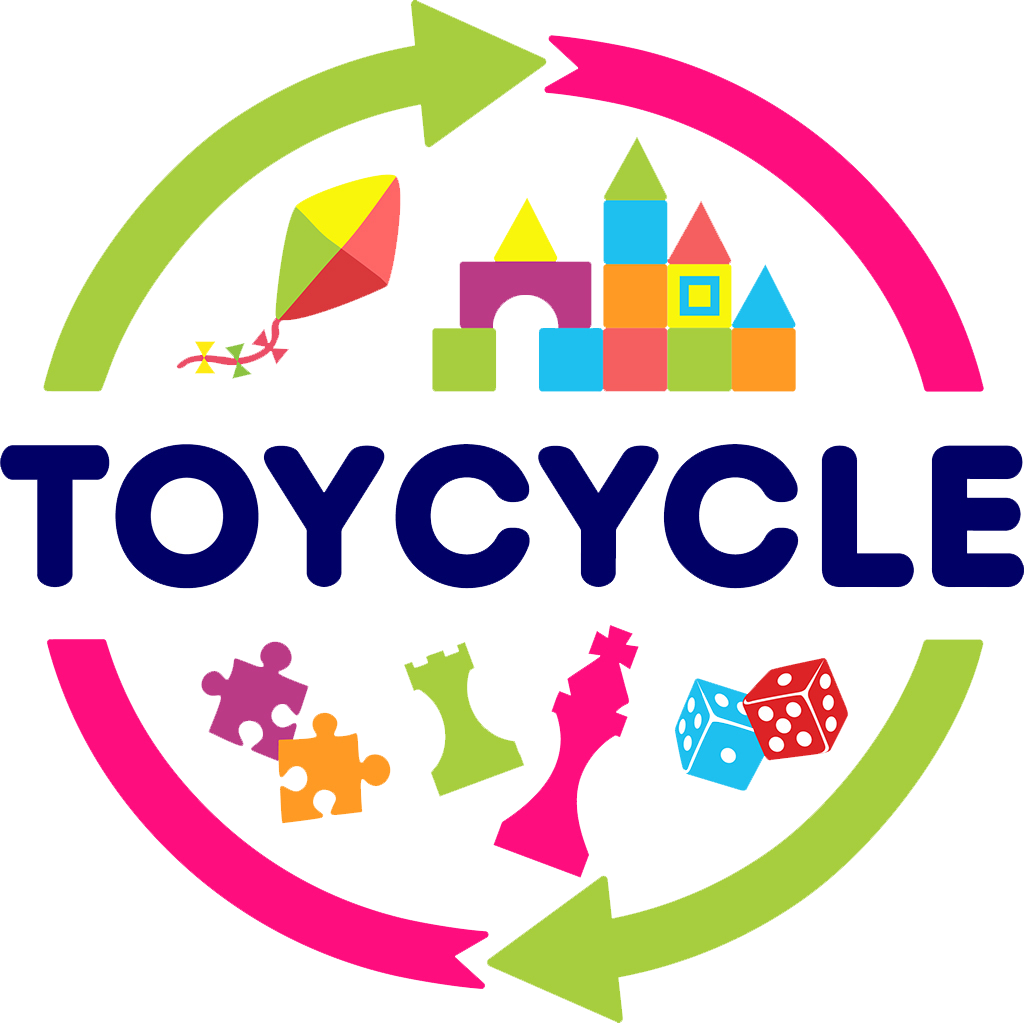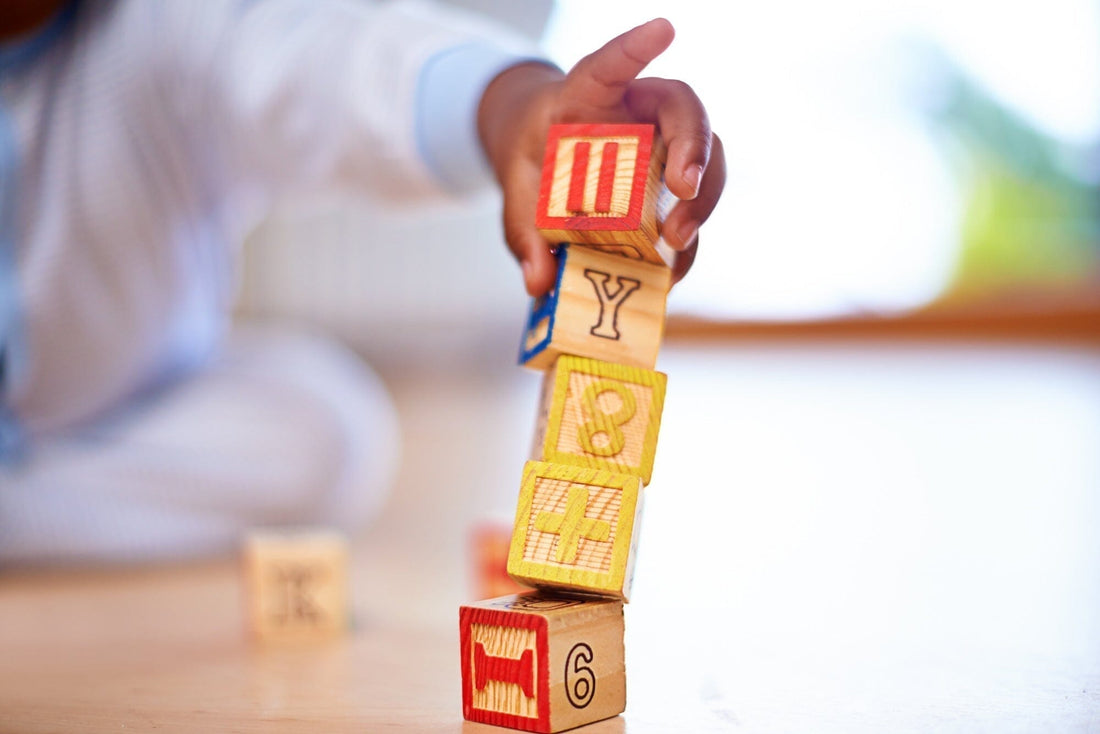From colorful letter blocks to high-tech interactive tablets, alphabet letter toys are designed to make learning letters fun and engaging for young children.
But do they actually help kids recognize letters and prepare them for reading? Let’s explore how letter toys support early literacy development and why they can be a great tool for toddlers and preschoolers.
How Alphabet Toys Help with Letter Recognition
Letter recognition—the ability to identify and name letters—is an important first step toward reading and writing. Alphabet toys provide a hands-on, multi-sensory approach to learning that reinforces letter shapes, sounds, and associations. The key is exposure and repetition through playful activities like singing alphabet songs, using flashcards, or pointing out letters in books.
Types of Letter Toys & How They Help Toddlers Learn
Different types of alphabet learning toys engage children in unique ways. Here’s a look at some of the most effective ones:
1. Letter Blocks
How they help: Letter blocks introduce letter shapes and names in a tangible way. Toddlers can stack, sort, and manipulate them, reinforcing letter recognition through play.
Some alphabet toy blocks also have images, for example “A” for apple, or “P” for pig. This helps children begin to associate letters with familiar words.
Using letter blocks is a Montessori method for teaching the alphabet. They allow children to use their hands to manipulate individual letters to form words, a key component of the Montessori tactile approach to learning.
PlanToys Upper Case Alphabet
2. Magnetic Letters
How they help: Like letter blocks, these hands-on toys offer a tactile and visual experience that encourages children to explore freely.
A benefit of magnetic letters is that they can be placed and moved freely on a fridge, whiteboard, or magnetic surface.
Parents can prompt kids to find specific letters, spell their name, or sort letters by color, reinforcing recognition through play.
3. Alphabet Puzzles
How they help: Puzzles engage fine motor skills, perseverance and problem-solving. Alphabet puzzles add letter recognition to the mix.
Some puzzles match letters to corresponding pictures, for example, “D” for a dog, helping toddlers connect letters with sounds and vocabulary.
Alphabet Pictures
4. Electronic Alphabet Toys & Interactive Tablets
How they help: Toys like talking alphabet boards, sound-activated books, and electronic learning tablets provide auditory reinforcement by saying letter names and sounds aloud.
Many also include interactive games, songs, and quizzes that keep children engaged and learning.
Alphabet Adventure Bundle
5. Alphabet Books & Flashcards
How they help: Books and flashcards with bold, clear letters introduce visual recognition in a structured way.
Parents can guide children through letter tracing, letter hunting, or matching activities to reinforce learning.
6. Sensory Alphabet Toys (Foam or Felt Letters, etc.)
How they help: These toys engage the sense of touch, allowing kids to actively gather information about the world around them through physical interaction with objects. This mode of play can make learning more memorable.
Tracing textured letters with fingers helps toddlers internalize letter shapes, which is especially useful for kinesthetic learners.
7. Alphabet Play Mats & Rugs
How they help: Large, colorful alphabet mats provide an immersive learning experience. Toddlers can jump to specific letters, play letter-hunting games, or practice letter recognition through movement-based play.
8. Letter Matching & Sorting Games
How they help: Games that require children to match uppercase and lowercase letters or sort letters by color or category help reinforce recognition and classification skills.
Why Letter Recognition Is Important
Recognizing letters at an early age is a crucial step toward literacy. Here’s why it matters:
- Prepares for reading: Letter recognition is the foundation of phonics, which helps children understand how letters form words.
- Strengthens writing skills: The ability to identify and form letters supports early writing development.
- Boosts phonemic awareness: Associating letters with their sounds helps children decode words when they start reading.
- Increases confidence & early success: Familiarity with letters makes early reading and classroom activities less intimidating.

Bamboo Alphabet
Do Alphabet Toys Give Kids a Head Start for Preschool?
Research supports the idea that early exposure to letters and sounds positively impacts future reading skills:
- A study published in Child Development found that letter knowledge in preschool predicts stronger reading ability in elementary school.
- The National Early Literacy Panel (NELP) reported that early letter recognition is one of the strongest predictors of later literacy success.
- Research from The Journal of Educational Psychology found that children who engage with alphabet-related activities before preschool develop stronger phonological awareness, making it easier for them to learn to read.
While alphabet toys alone don’t guarantee early reading, they create an engaging environment where children can develop key literacy skills naturally through play.
How Parents Can Maximize the Benefits of Alphabet Toys
To make the most of alphabet toys, parents can:
- Play together: Ask children to find, name, or sort letters while playing.
- Encourage letter sounds: Reinforce phonics by saying the sound of each letter instead of just its name.
- Incorporate letters into daily life: Point out letters on signs, clothing, and books.
- Keep learning fun & interactive: Mix toys with songs, stories, and real-world exploration.
Alphabet toys provide a playful, engaging way to introduce children to letters, setting the stage for future literacy. While they aren’t a substitute for reading books and interactive learning, they are a great tool for reinforcing letter recognition in an exciting and hands-on way.
So, whether it’s stacking letter blocks, singing the ABCs with an interactive toy, or tracing letters on a puzzle, these playful moments are helping little learners take their first steps toward reading success!




